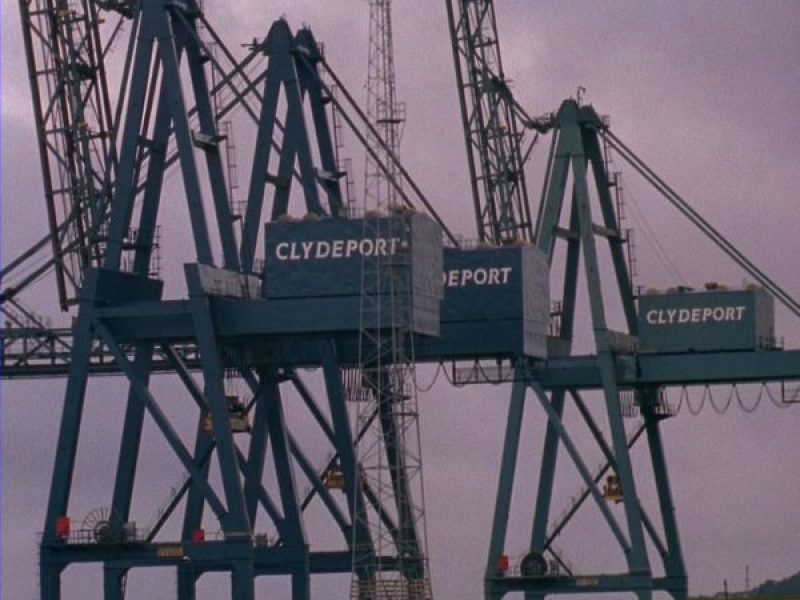British artist, filmmaker and musician Luke Fowler (1978) has developed a practice that is, at the same time, singular and collaborative, poetic and political, structural and documentary, archival and deeply human. With an emphasis on communities of people, outward thinkers and the history of the left, his 16mm films tell the stories of alternative movements in Britain, from psychiatry to photography to music to education. Whilst some of his early films dealt with music and musicians as subjects, in later works sound itself becomes a key concern. Fowler lives and works in Glasgow.
Richard McMaster (b. 1989) – lives and works in Glasgow (UK).
Mark Fell is a multidisciplinary artist based in Sheffield (UK). After studying experimental film and video art at Sheffield City Polytechnic he reverted to earlier interests in computational technology, music and synthetic sound. In 1998 he began a series of critically acclaimed record releases on labels including Mille Plateaux, Line, Editions Mego and Raster Noton. Fell is widely known for exploring the relationships between popular music styles, such as electronica and club musics, and typically academic approaches to computer-based composition with a particular emphasis on algorithmic and mathematical systems. Since his early electronic music pieces Fell’s practice has expanded to include moving image works, sound and light installation, choregoraphy, critical texts, curatorial projects and educational activites. He has worked with a number of artists including Yasunao Tone, Keith Fullerton Whitman, Okkyung Lee, Luke Fowler, Peter Gidal, John Chowning, Ernest Edmonds, Peter Rehberg, Oren Ambarchi and Carl Michael Von Hausswolff.
Peter Gidal is a renowned writer, theorist and film-maker. He was born in 1946, and studied theatre, psychology and literature at Brandeis University, Massachussets (1964-68) and the University of Munich (1966-67). He was a student of the Royal College of Art from 1968-71 and went on to teach Advanced Film Theory there until 1984. An active member of the London Film-Makers’ Co-operative since 1969, he was its cinema programmer from 1971-74. He was a co-founder of the Independent Film-Makers’ Association in 1975, and served on the British Film Institute Production Board from 1978-81. Peter Gidal’s films have been screened widely, and were featured in retrospectives at the London ICA (1983), Paris Centre George Pompidou (1996), and DocPoint Helsinki (2014). He was the recipient of the Prix de la Recherche Toulon (1974), and his most recent film not far at all (2013) won the 2015 L’Âge d’Or Prize at Cinematek Brussels. Books by Peter Gidal include Andy Warhol: Films and Paintings (Studio Vista, 1971), Structural Film Anthology (BFI, 1976), Understanding Beckett: Monologue and Gesture (Macmillan, 1986), Materialist Film (Routledge, 1988) and Andy Warhol: Blow Job (Afterall, 2008). Gidal’s writings have been published extensively in journals such as Studio International, Screen, October and Undercut, and the exhibition catalogues of Gerhard Richter, Cerith Wyn Evans and Thérèse Oulton.




